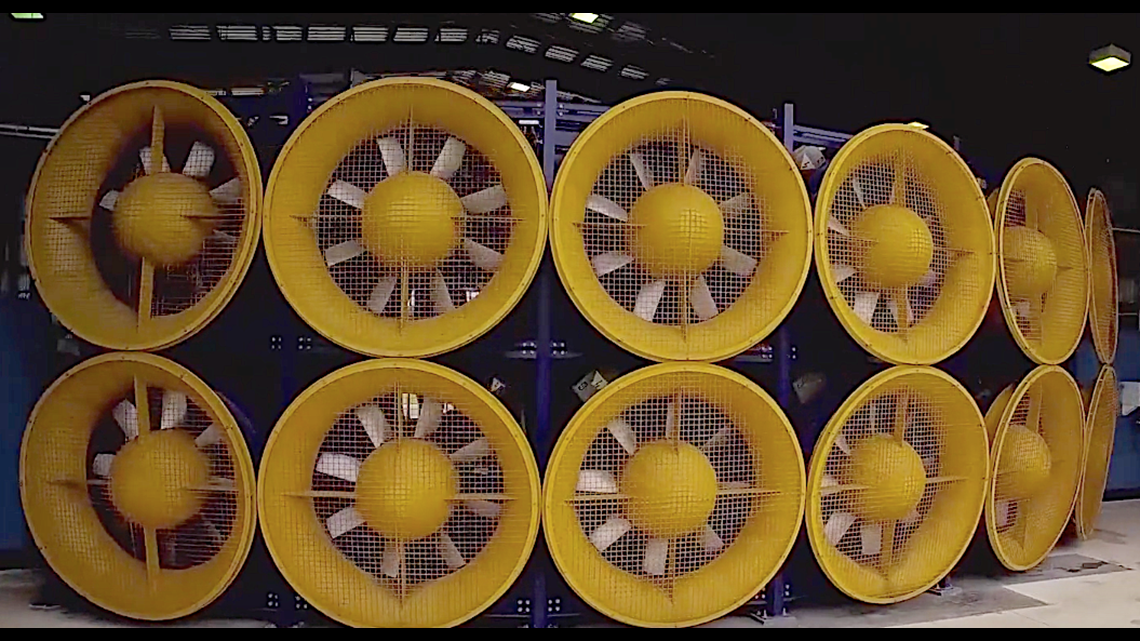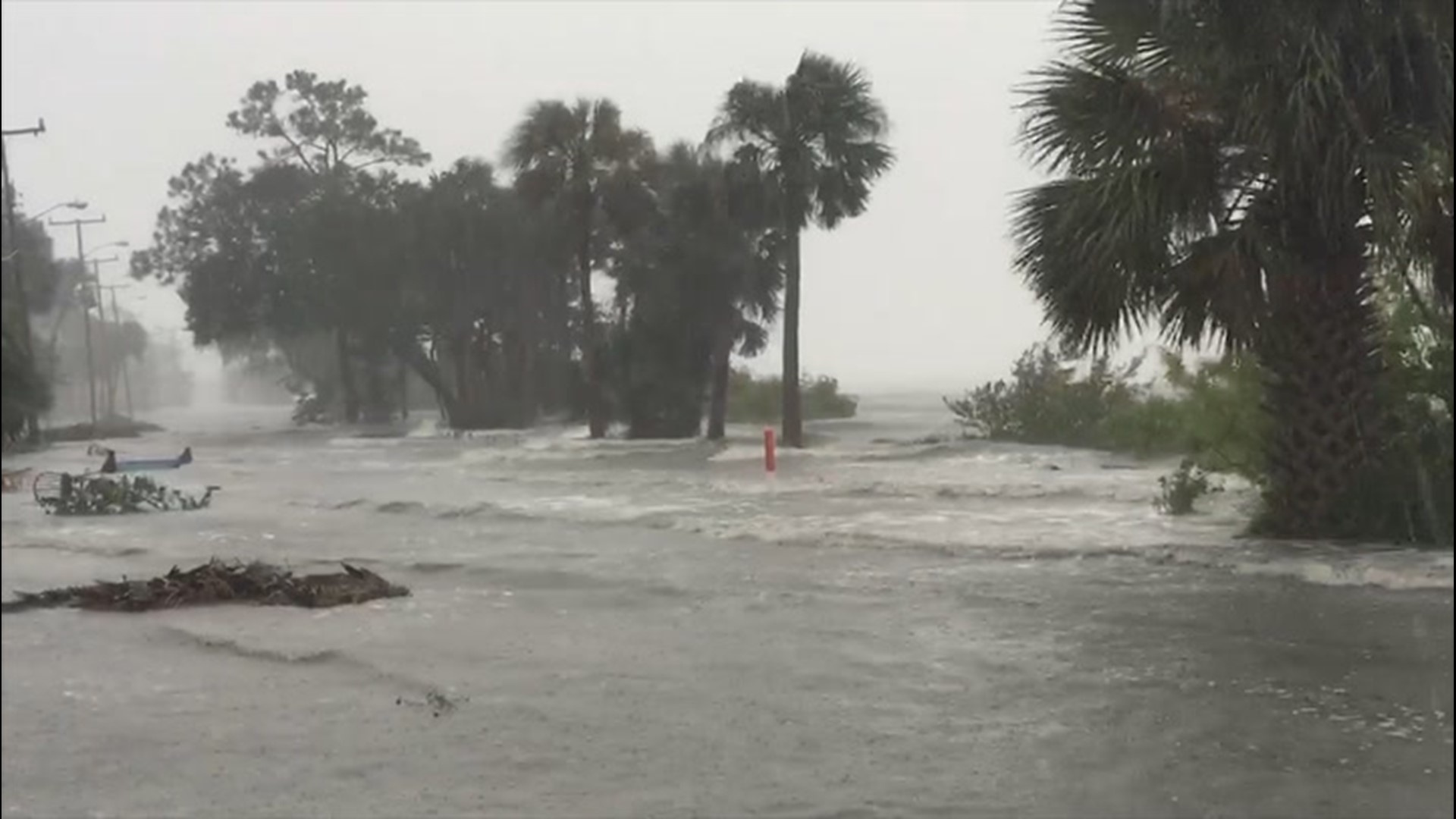Atlantic hurricane season is officially underway and the third named storm of 2020, Cristobal, developed on Tuesday, setting a new record in the basin. AccuWeather meteorologists warned in May that four to six named storms could directly impact the United States this year, potentially putting lives and structures in harm's way. But, one university in Florida is taking a hands-on approach to ensure research is advanced on how to best build structures to withstand these powerful cyclones -- and the study has real-world applications.
In recorded history, only five Category 5 hurricanes with sustained winds blowing in excess of 156 mph have made landfall on U.S. soil, with the most recent being Hurricane Michael when it struck the Florida Panhandle in October 2018.
Even though it's not common for the U.S. to be struck by a Category 5 storm, those destructive conditions are now being simulated at Florida International University for research purposes, and the results could help save lives.
Using a giant wall of wind turbines, the university replicates hurricane-force winds, which can be used as a way to test, develop and improve hurricane-resistant structures.


"The wall of wind is all about wind engineering research," Erik Salna, associate director of the Florida International University Extreme Events Institute, told AccuWeather National Reporter Jonathan Petramala. "What can we do to build better, build stronger, and be more resilient to hurricane-force winds?"
When Category 5 Hurricane Andrew struck Florida in 1992 it caused $26.5 billion in damages, making it the most costly natural disaster at the time before being surpassed by Hurricane Katrina, another Category 5 storm that eventually made landfall as a Category 3 storm along the northern Gulf Coast in 2005.
More than 250,000 people were left homeless and 82,000 businesses were either damaged or destroyed by Andrew, according to the National Park Service. It was then that people realized buildings and structures needed to be designed to withstand such severe weather and building codes were ultimately changed to strengthen structure requirements.
Roof shape, for example, plays a role in the structural soundness of a building. A gable roof, which traditionally has two sides that slope down, is more vulnerable to harsh winds but easily sheds water due to its shape. A hip roof, however, is more preferred for hurricane season. Hip roofs have four sides that meet in the middle, and experts say this type of constuction is more durable in harsh winds.
"The state of Florida has learned that with all new construction, [a] hip roof is more aerodynamic," Salna said.
When Hurricane Michael hit Mexico Beach, Florida, many homes and structures were destroyed. One home, however, was left standing amid the ruins of so many others. The house, built by Lebron Lackey and Russell King, was designed with a hip roof and built above code.
The pair designed and built the house specifically to withstand hurricanes and severe weather.
"Just like you put on your seat belt every day when you get in the car to get you ready for something that hopefully never happens, we built a house for something we hoped would never happen," Lackey said.
"You can see that older homes built to less stringent code requirements just don't do as well," Salna said.
Even though building codes have become more demanding across the state, the strictness of the new codes does depend on the geographic location.
The southeastern portion of Florida has the most stringent guidelines. Research has revealed that less stringent guidelines, such as the ones in place on the Florida Panhandle, ultimately end up costing more.
"For every one dollar we spend on mitigation on the front end saves six dollars in damage and cleanup," according to Salna.
Reporting by Jonathan Petramala.

